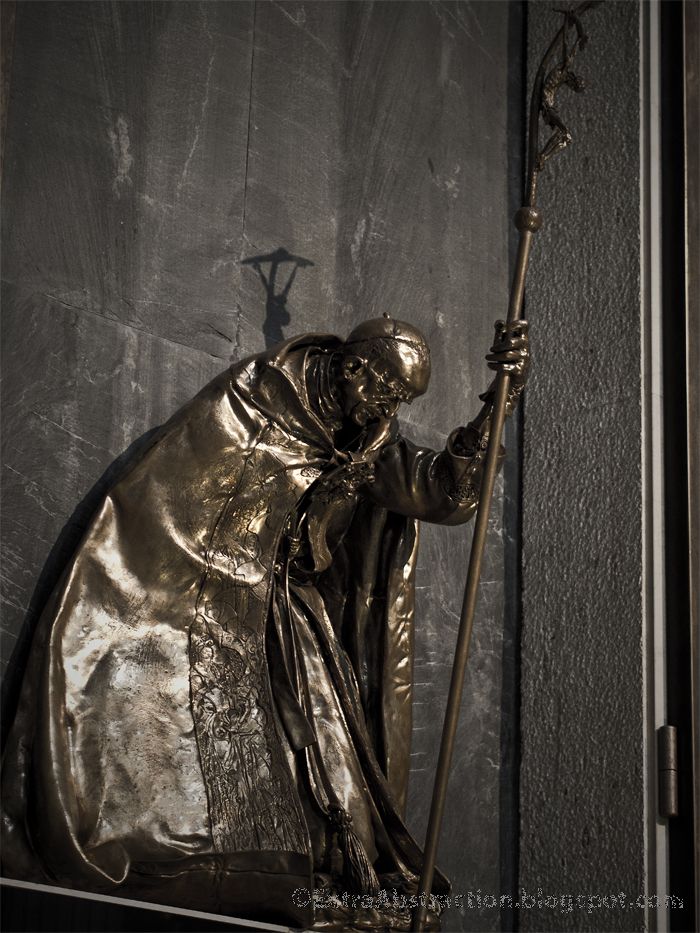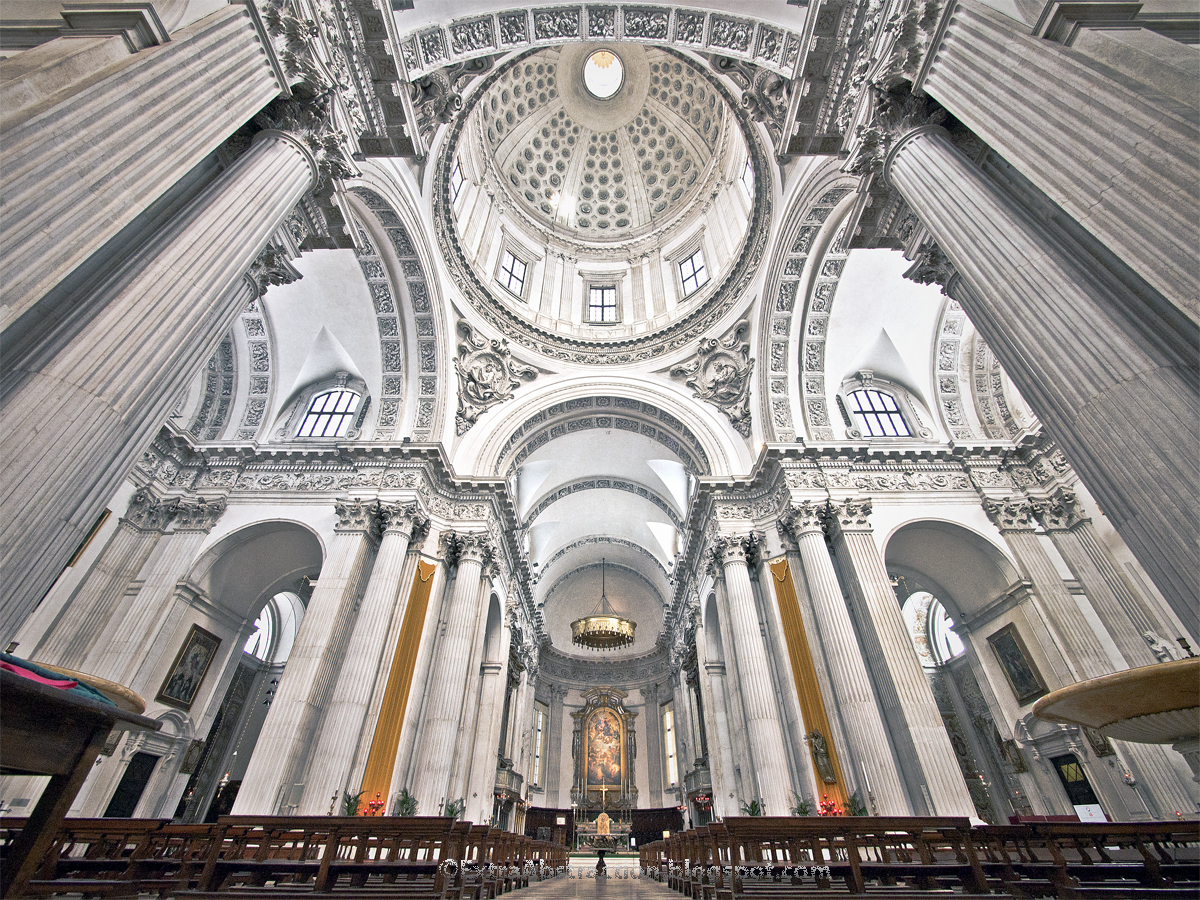Cattedrale estiva di Santa Maria Assunta (Summer Cathedraw) is a new Cathedral in Brescia, Italy. It is the largest Roman Catholic church in Brescia. The dome is 91 meter tall and was designed by Milan-born architect, Luigi Cagnola (1762-1883).
The New Cathedral was built over the ruins of the ancient early Christian church of Saint Peter de Dom (San Pietro de Dom). The construction was launched in 1604 and took around two centuries.
During the Second World War, on 13th July 1944, the copper cover and the wooden structure of the cupola burst into flames...
 |
| The Presbytery and the Chancel |
The present dome was rebuilt after its destruction during the Second World War.
 |
| The Statue of Pope Paul VI |
The monument of Pope Paul VI, born Giovanni Battista Enrico Antonio Maria Montini (1897-1978), is placed in front of the altar of the Blessed Sacrament.
I would like to acknowledge Francesca for guiding me through the town under dehydrating and sizzling weather! Thank you very much.
Detailed info can be found here.





























